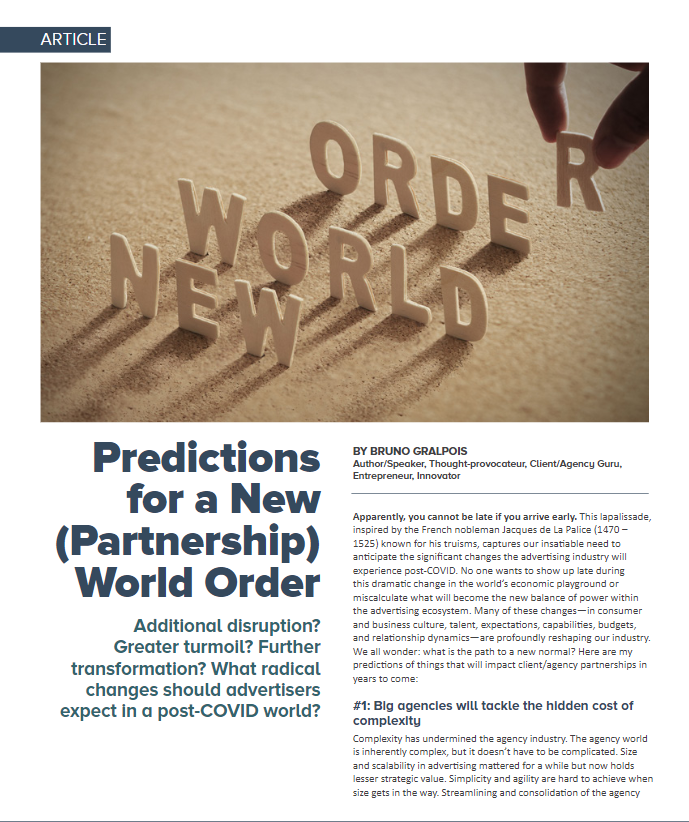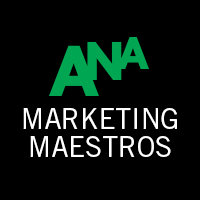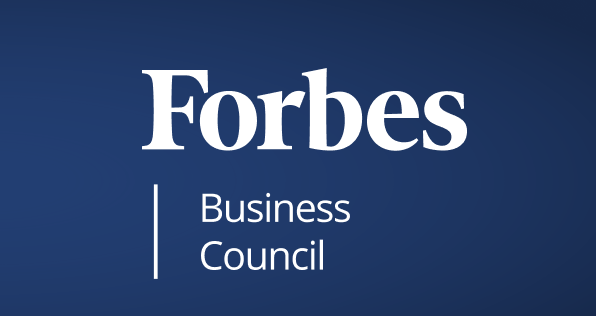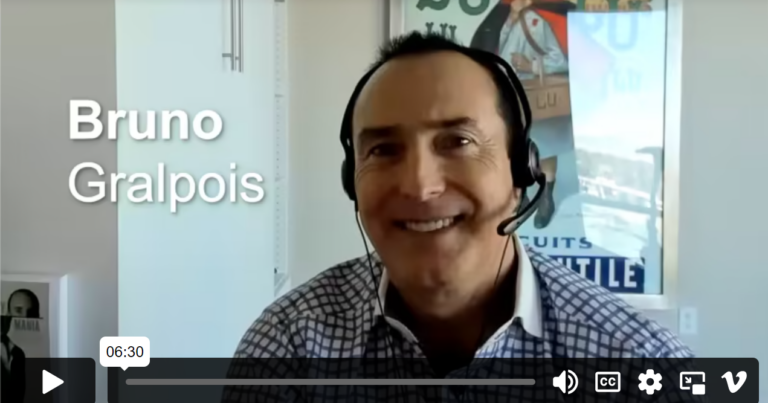Featured on ANA Marketing Maestros:
Additional disruption? Greater turmoil? Further transformation? What radical changes should advertisers expect in a post-COVID world?
— Read the published article on ANA Maestros —
Apparently, you cannot be late if you arrive early. This lapalissade, inspired by the French nobleman Jacques de La Palice (1470 – 1525) known for his truisms, captures our insatiable need to anticipate the significant changes the advertising industry will experience post-COVID. No one wants to show up late during this dramatic change in the world’s economic playground or miscalculate what will become the new balance of power within the advertising ecosystem. Many of these changes—in consumer and business culture, talent, expectations, capabilities, budgets, and relationship dynamics—are profoundly reshaping our industry. We all wonder: what is the path to a new normal? Here are my predictions of things that will impact client/agency partnerships in years to come:
#1: Big agencies will tackle the hidden cost of complexity
Complexity has undermined the agency industry. The agency world is inherently complex, but it doesn’t have to be complicated. Size and scalability in advertising mattered for a while but now holds lesser strategic value. Simplicity and agility are hard to achieve when size gets in the way. Streamlining and consolidation of the agency world are therefore inevitable. Big players were in aggressive acquisition mode for years, a quick way to grab share without having to rely solely on organic growth. This led to a proliferation of M&A activity and a cacophony of agency brands. Unfortunately, it also created an ecosystem challenging for clients to navigate. Big and lean is ok. Big and fat is not. Holding companies became too messy, rigid, and fragmented. A dog is simply too furry if you cannot tell the tail from the head. To streamline, agencies created client teams like Publicis’s “Power of One” by aggregating resources from various firms from within the network, a team-clustering approach still quite popular with large global advertisers. Less will be more. The recent announcements by WPP to merge Geometry into creative powerhouse VMLY&R, and by AKQA and Grey to form AKQA Group are illustrative of what is to come: fewer, more consolidated brands. Fewer entities. Simplified P&L. Fewer moving parts. A world that is leaner and easier to navigate.
In the future, expect more agency restructuring and consolidation. Improved access to holding company resources. Less M&A activity, especially big acquisitions. Leaner agency network infrastructures and overhead. A simpler and more consolidated agency world that will be easier for clients to understand and engage with. Fewer brands, seamless integration, and more nimble team structures. Eventually, the pendulum will swing back, driven by economies of scale, and agencies will need to carefully balance being both big and agile, especially for global clients.
#2: Small will get much big(ger)
Small- to medium-size independent agencies already prove to be a viable alternative to large ones for reasons that vary from speed, agility, and flexibility to lower overhead. All those benefits are top of mind for some CMOs fed up with agencies that are too slow or heavy to lead the way. They look at a vibrant, dynamic industry, with new indie shops opening doors daily to serve clients of all sizes. This was recently the case for pizza chain Domino’s that hired independent WorkInProgress as its new creative AOR. If eCommerce is a priority, for example, a brand may want to hire an Amazon advertising partner agency. Although broader access to talent is appealing, advertisers are ill-equipped to manage their agency rosters. They hire independent agencies but limit their use to a particular assignment or business unit or use them on a project basis, still relying on large agencies to handle the bulk of their work. It is understandable. The oversight and coordination of an agency roster is a skillset few brands have mastered. A large agency roster adds complexity for advertisers seeking economies of scale, brand consistency, seamless integration, and process compliance. As brands become more efficient at managing their rosters, we will see a greater appetite for small- and medium-size agencies.
In the future, expect to see independent agencies consistently showing up in reviews conducted by large advertisers or brought in opportunistically to handle project work. Expect less systematic dependence on large agencies and greater commitment to institutionalize roster management company-wide. Independent agencies, even on a project-basis, will augment large, well-established agency partnerships. Brands will rethink cross-agency teamwork. Advertisers will deploy roster tools to improve access and better matching of talent/resources.
#3: Data at scale will differentiate winners from losers
We know that investment in creativity drives business performance. Creativity is taking a far more central role in customer experience, something the growth of eCommerce has propelled forward. But where creativity is applied is what has changed. And the creative process itself has changed, too. This year, Accenture Interactive joined the list of top four holding companies (based on 2019 revenue), indicating that advertisers are looking for strategically grounded creative partners with scalable offerings in end-to-end strategy, DEC202~1eCommerce, and data to drive results. Given data fragmentation, this is an essential skill to connect every element, at every phase of the customer journey. That is what led yoga wear brand Lululemon and retailer Petco to select Accenture Interactive-owned Droga5 as their new creative AOR. Creativity is now a continuous process, relying on customer experience design, digital content production, and other activities that are fine-tuned based on data and performance. A data-driven world is not new but operationalizing that vision is key. Scale here matters. Publicis Groupe acquired Epsilon in 2019 for that reason. Others like Interpublic Group of agencies rely on a group platform that combines production (IPG studios), platform integration services (hedgy), intelligence/activation (Kinesso) and data solutions (Acxiom).
In the future, expect more M&A activity and talent investment by agencies to build scalable data and measurement offerings. More performance-based and multidisciplinary creativity. Less disconnected brand and customer experiences. Agencies with a stronger emphasis on data-led creativity and performance marketing will prevail and grow faster than their peers.
#4: Diversity and Inclusion will be about doing, not saying
The diversity and inclusion agenda received much-deserved attention in 2020 with agencies taking proactive steps to improve transparency, publishing their diversity workforce metrics and, to strengthen their pledge to it, taking active steps in antiracism and inclusion training. Industry leaders from major networks and agencies rallied and restated their commitment to evolve their culture, and the way they staff and hire. Most hired C-suite level individuals plan to lead diversity, equity, and inclusion efforts for their organization this year. The industry will move beyond rhetoric and take measures to make a lasting impact. Advertisers will hold agencies accountable over the long run and monitor their progress. They will expect their teams and agencies to use diverse suppliers, setting quotas and measuring progress against those. Agencies will improve their staffing mix, including ethnic and racial minorities, especially at the executive and director-level management levels. Easily searchable talent directories like Diverse Creatives will improve access to creative and advertising professionals of color as well as other minority groups.
In the future, expect clients and agencies to do more and say less on the topic of diversity and inclusion. Expect to see real progress in terms of diversity across the talent pool, but especially in leadership roles where large gaps remain. Clients will demand to see this type of diversity in staffing plans assigned to their account. Doing well by doing good: beyond purposeful brand purpose and talent and supplier diversity will prove to be the right business decision, improving work quality and driving greater business performance.
#5: Shared accountability will redefine partnerships
Clients working with agencies are partnerships that perform at their best when they hold each other accountable. Most companies have already institutionalized a formal annual or semi-annual process to gather feedback about the work, engagement, and relationship, which is then used to determine what actions, if any, must be taken to improve. However, participation levels vary and so does the commitment level to see the actions through. To add rigor, advertisers will turn their evaluation process into an effective operating system where commitments are documented, tracked, reviewed, and managed. This additional level of formality will ensure a more complete and shared level of accountability. It will reduce the need for reviews that are often based on performance issues alone. Per COMvergence, as many as $116 billion in net media spend was up for grabs over the past four years. This year alone, 1,250 advertisers concluded a review of their media accounts. The number of reviews in other categories including creative are also significant. Thankfully, more commitment to managing mutual accountability will strengthen partnerships.
In the future, expect more formality around action planning during performance reviews. More follow-through by both clients and agencies on agreed action plans. Less tolerance for lack of follow up and ownership. Client/agency relationships will improve as accountability, tracking, and measurement increase. Advertisers will expand their existing evaluation process to capture detailed action plans, who is responsible for what, and the timing and status of these activities.
#6: Effective resource management will result from agility/flexibility
We are moving at the speed of light and market conditions are uncertain. In such an environment, changing direction is often needed. Advertisers must be both agile and flexible, especially as it relates to budgets, activities, and resource allocations. As marketing priorities shift quickly to adjust to market conditions, the marketing engine must as well. It may lead to a different set of activities, with clients disinvesting in some areas and focusing more resources in others. Advertisers will move to a more fluid management of budgets and agency scopes. They may loosely define scopes that are quarters away, giving themselves permission to be more prescriptive when at closer range. Agencies will need to move at the same pace, adjusting to these new realities. They will need to redeploy their staff and resources with greater flexibility than ever before. These adjustments won’t always trigger budget changes but even if the numbers remain identical, the nature of the work itself and the way it is distributed may change significantly from one period to another.
In the future, expect more frequent, ongoing adjustments to budgets and scopes, requiring more flexibility on how agency resources are allocated and managed. Less rigor in marketing plans and budgets. Less fixed staffing and resource allocations. Advertisers will look for partners that embrace change and are willing to work with them and readjust quickly. Agencies will ask advertisers for some guarantees to ring-fence strategic resources. They will increasingly rely on freelance resources for some activities. More importantly, they will ask for a formal process by which these changes can be made, approved, communicated, and managed to avoid total chaos. Agencies will organize differently to adapt to this new reality.
#7: Hyper-automation will accelerate the supplier journey
As brands look to operate more efficiently—doing more, better, faster—they must also reengineer the way they engage with agency partners. The supplier journey—from selecting the right partner to measuring their performance—includes a list of activities that have traditionally been handled manually. Prone to errors, some of these will no longer adequately support the new demands of partnerships in today’s economy. Advertisers will look to streamline these operations with technological advancements that facilitate the sharing/storing of information, reporting, and the collaboration between client and agency teams. The need for speedy decision making, greater transparency, and an audit trail will also encourage more activities to be automated. Agencies will benefit from the automation of client processes as less time is spent on low value, administrative activities like operational reporting or providing project status when these tasks can be done so much more efficiently. Agency resources can be redeployed to provide enhanced value.
In the future, expect to see: Supplier activities to be further automated. Improved collaboration thanks to new communication and collaboration tools. Less waste due to error-prone, excessively manual activities. Less labor-intensive processes like pulling ad hoc reconciliation reports. Brands will continue to look for ways to automate back-end marketing activities and, by association, agency-related activities. They will implement more streamlined processes and technology to reduce manual efforts. Agencies will also pursue ways to automate their activities, whether those are client-facing or not, to realize similar benefits: accelerated decision-making, higher human productivity, and more efficient use of resources.
These predictions are inspired from client conversations and observations drawn from our monthly industry updates about major themes in our industry. So much can derail our current trajectory and the uncertainty we are facing is historically unique. Are we ready for this? Time will tell. What is certain, however, is that clients and agencies alike must prepare for a new world order that will profoundly impact their partnerships, how they operate, and what they value most.
By Bruno Gralpois, Author/Speaker, Thought-provocateur, Client/Agency Guru, Entrepreneur, Innovator
January 28, 2021







